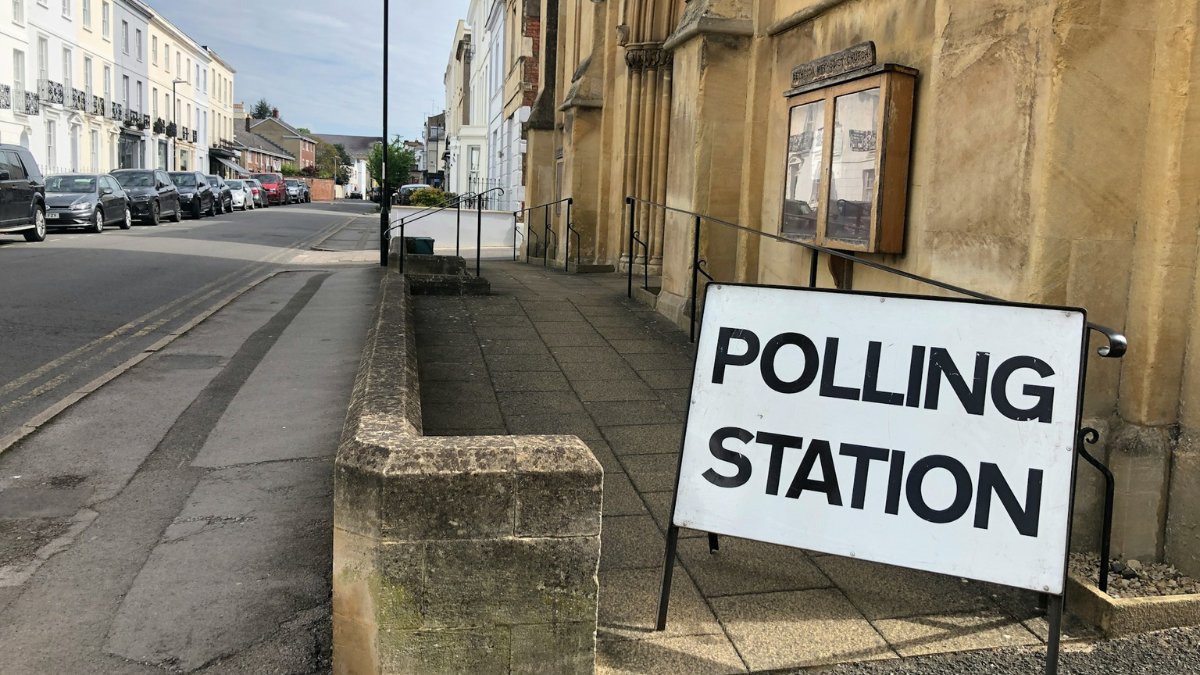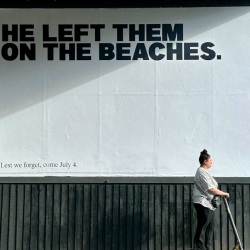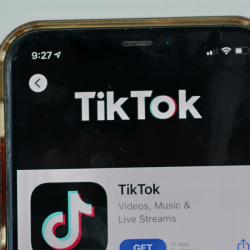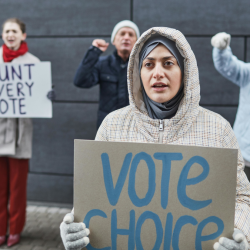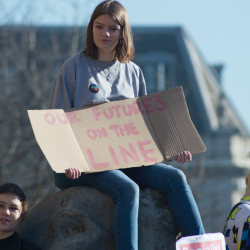Two weeks into the 2024 UK election campaign and voters are presented with several contrasting images of the two men vying to be the next prime minister. Conservative Prime Minister Rishi Sunak announced the election in the pouring rain outside 10 Downing Street, at times, drowned out by protesters. Minutes later, his rival, Labour’s Keir Starmer, organised his own launch indoors, giving the impression of having planned his event better. Sunak subsequently toured the country.
Breaking the tradition of incumbents who normally focus on defending their own record, Sunak positions himself as a visionary with a plan by making new, ‘bold’ policy announcements. Starmer meanwhile shows up in strategic target areas talking of fully-costed ideas to undo the chaos of 14 years of Conservative rule. The first debate featuring only the two leaders (on 4 June 2024) saw Sunak as aggressive and forward-looking; Starmer appeared more defensive as Sunak landed multiple attacks. The next few weeks will see the campaign intensify even further and, for some voters, each performative contrast will matter hugely in shaping their decisions.
Polls show between 8% and 14% of voters are undecided, a number that increased slightly at the point the election was called. That number is small as a percentage but represents a few million voters who could be crucial in certain seats, if only in determining the size of Labour’s predicted majority if current polls reflect the eventual result of the election.
Undecided voters likely have no party affiliation, low trust in politicians, and are focused on issues of personal concern: likely the major issues of the economy, health, immigration, etc. These voters are likely to be looking for a leader to inspire them, but also someone they can trust to deliver on the issues they care about and who will manage the nation effectively and provide the support they need. They may look at promises sceptically, even cynically, believing they are often broken. Some undecideds may in the end not vote, others may make their decision very close to the actual day of the election.
In many ways, campaigns are designed specifically for undecided voters
Staged managed appearances with supporters, meetings with ‘selected’ members of the public, rallies, set speeches, debate performances and the promotional materials produced for television, social media or canvassing all attempt to provide heuristics for voters.
Heuristics are memorable pieces of visual or textual information stored in the subconscious of audience members that can become important when making a relevant decision. Major brand names should be heuristics that indicate quality and prevent indecision at the point of sale. Party brand names can play similar roles, although the performance of leaders can play a more significant role, as can the course of an election campaign, as parties are less stable brands than their corporate counterparts.
Political heuristics can be picked up from a range of pieces of communication. A single policy announcement that has personal relevance, a slogan, or an image of the prospective governing team can have a positive or negative effect on the receiver’s thinking and shape a voter’s decision. Similarly, a facial expression, evidence of nervousness, aggressiveness under pressure, and a positive or negative interaction with a member of the public can have a lasting impact. Media coverage, from front page headlines and images, fact check reports or analysis of the strategies and tactics can also impact public perceptions and their trust in a particular party or leader. More worryingly for a campaign, the heuristic can be a meme created by an ordinary member of the public or various AI-generated pieces of disinformation circulating on social media platforms.
The heuristics that influence any undecided voter are beyond the power of party campaigns. Exposure is shaped by the news sources or platforms used, the material engaged with, subsequent content delivered through platform algorithms, and what is eye-catching, relevant and salient to the individual.
Any single voter can be influenced by a rich panoply of different heuristics, or by a single heuristic which made a significant impression on them. In an era of information celerity and hard news avoidance, accelerated pluralism, news outlets fighting in the attention economy, and party politics being of little interest to many voters, it is difficult for campaigns to cut through. Parties have to fight to gain every bit of positive media coverage they can get while, simultaneously, seeking to reach as many voters as possible via social media.
Parties must compete in the creation of eye-catching memes, short videos, and dramatic images with overlaid slogans in order to grab the attention of those scrolling through feeds.
But they must engage voters on the issues that most concern them for their messages to resonate, so parties pursue micro-targeting or nano-targeting messages informed by data trails to deliver the right message to the right voters at a point when they might be most susceptible.
The major problem is, however, that elections resemble the launch of a new brand rather than most corporate campaigns that constantly remind consumers of the positive brand attributes
Electioneering is short-term and voters often find their expectations, often drawn from empty slogans like hope or change, are not met. Between elections, parties only engage voters via media or information posts online, there are no conversations and so elections are purely a big sales campaign. Often voters are asked to forget the past and look to the future, to focus on current promises, not past disappointments. But disappointment causes indecision.
The campaign will become increasingly aggressive, fighting for attention and attempting to ensure their messages are front of mind. There will be many stage-managed performances; some good, some less effective.
Many voters meanwhile seek a positive reason to give their vote to a leader and to feel reassured they are making the right choice. Early analysis suggests party leaders have some way to go to convince the undecided they deserve their votes.
Featured image: Red Dot / Unsplash




















